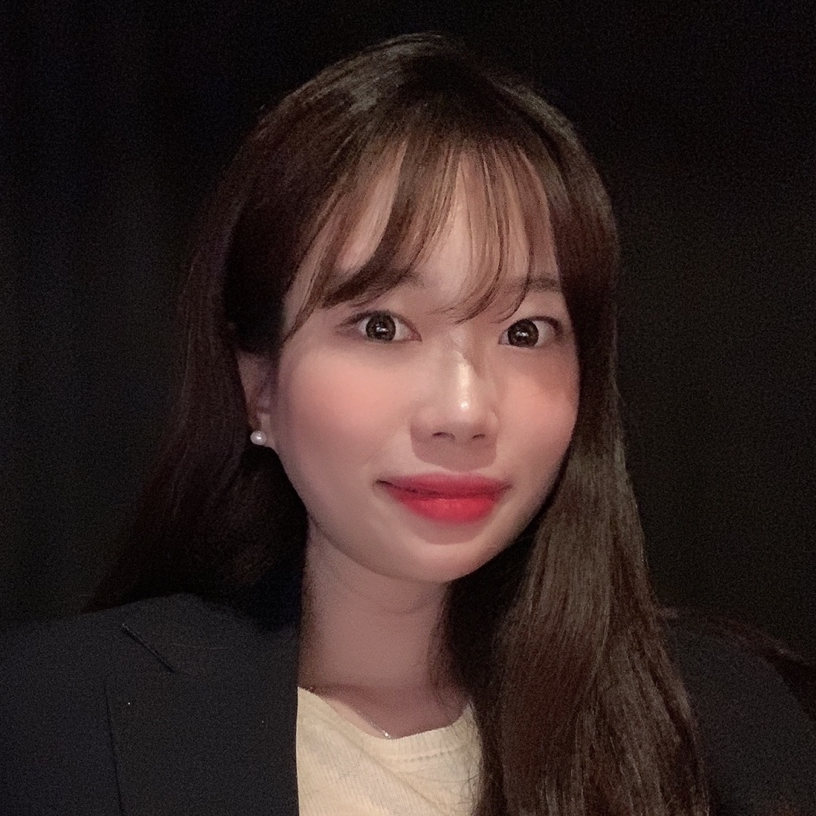CATL's cheap, fast-charging EV battery threatens Korean rivals
Published: 17 Aug. 2023, 16:31
-

- SARAH CHEA
- chea.sarah@joongang.co.kr
![CATL unveils an LFP battery that can allow an EV to run 400 kilometers (248 miles) on a 10-minute charge. [SCREEN CAPTURE]](https://koreajoongangdaily.joins.com/data/photo/2023/08/17/fcddc386-b8a0-4d6a-8625-ed7f97fb7a25.jpg)
CATL unveils an LFP battery that can allow an EV to run 400 kilometers (248 miles) on a 10-minute charge. [SCREEN CAPTURE]
The lithium iron phosphate, or LFP, battery is cheaper than many other types. However, Korean companies are still in the very early stages of developing cheaper EV batteries.
The Chinese battery giant on Wednesday unveiled the Shenxing Battery, a fast-charging LFP battery that is also capable of running 400 kilometers (248 miles) on a 10-minute charge.
The battery allows a vehicle to run up to 700 kilometers on a single full charge, which is dramatically long mileage compared to nickel, manganese and cobalt (NCM) batteries, a sector in which Korean manufacturers are on firmer footing.
CATL plans to start the mass production of the Shenxing Battery by the end of 2023, with an official release slated for the first quarter of 2024.
LFP batteries have long previously been shunned by global automakers due to their lower energy density, which translates to lower mileage for a car from a full charge. But their presence is on the constant rise due to their competitive pricing.
Of all batteries used in 2020, 16 percent were LFP batteries, but that jumped to 35 percent in 2022, according to the Ministry of Trade, Industry and Energy.
Around 95 percent of the LFP battery market is controlled by Chinese manufacturers including CATL.
CATL is a supplier to various major EV makers including Tesla, BYD and Hyundai Motor.
Korean battery makers, however, have made a tardy entry into LFP development, with the introduction of the product planned no earlier than 2025.
SK On unveiled a prototype of an LFP battery in March for the first time in Korea. It is known to have improved the major disadvantage of LFPs which is that the capacity reduces by 70 percent at freezing temperatures around minus 20 degrees Celsius (68 degrees Fahrenheit).
Samsung SDI is currently in talks with the Ulsan city government to build an LFP battery facility there. If constructed, it will be the first LFP battery facility in Korea.
"Details have not been confirmed yet, even whether the factory is for LFP batteries for energy storage systems [ESS] or EVs," said a spokesperson for Samsung SDI.
LG Energy Solution plans to shift its Nanjing plant to an LFP battery-dedicated facility this year, but for ESS.
As of the first quarter, CATL held 36.8 percent of the world's battery market, up 1.4 percentage points on year, according to data from SNE Research.
The combined shares of the three Korean battery makers slid 2.2 percentage points to 23.9 percent during the same period.
BY SARAH CHEA [chea.sarah@joongang.co.kr]










with the Korea JoongAng Daily
To write comments, please log in to one of the accounts.
Standards Board Policy (0/250자)